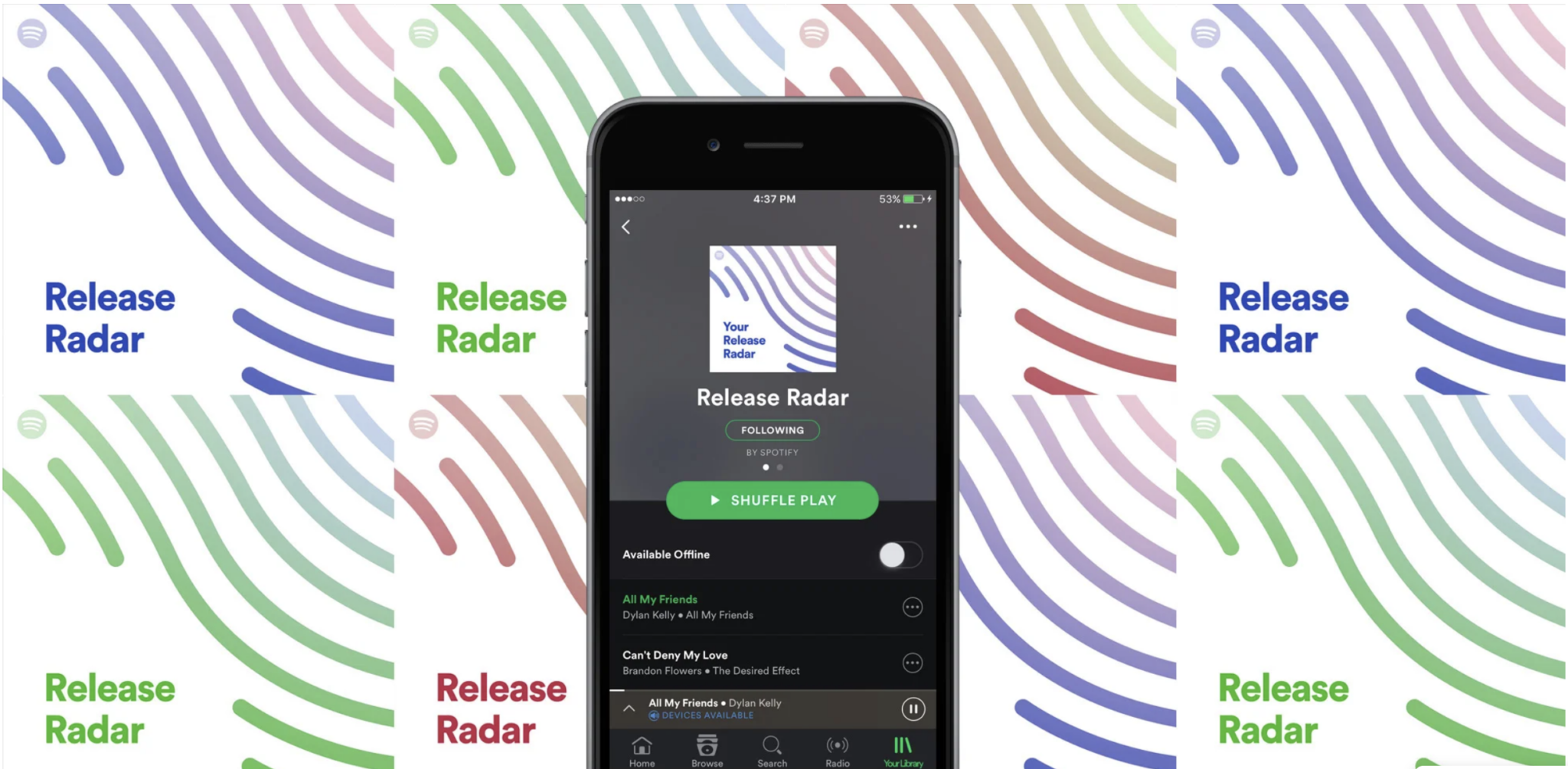
Are your new releases not landing in as many Release Radar playlists as they used to? You’re not alone.
At the start of 2025, Spotify seems to have quietly rolled out an update to its popular Release Radar playlist algorithm, and it appears to have largely flown under the radar for many artists. While Spotify’s intention, as stated in their support responses, is to “boost Release Radar performance,” the reality for many musicians, especially those releasing live or alternative versions of their tracks, is a significant decrease in visibility.
We recently discovered this change after noticing a consistent pattern with an artist who releases a new live recording every Friday. Suddenly, their tracks stopped appearing in Release Radar playlists altogether. Upon reaching out to Spotify Support, we received confirmation of this algorithmic shift:
“After running multiple tests, we’ve learned that filtering out some alternative versions of tracks (e.g. acoustic, karaoke, or live) boosts Release Radar performance, in turn helping more artists have a more successful release. As a result, we will be evolving Release Radar track eligibility – filtering out some alternative versions of tracks. This change will not impact remixes. Visit our Spotify for Artists Help Center to learn more!”
While Spotify’s official statement mentions “some” alternative versions, our observations suggest a much broader filter. In the case of the live recording artist, it didn’t matter what metadata was uploaded through their distributor or how the track was pitched in Spotify for Artists – Spotify’s audio analysis was detecting the live nature of the recording and excluding it from Release Radar. It appears that any track deemed a live or alternative version is at risk of being filtered out.
What Does This Mean for Artists?
For artists who frequently release live recordings, acoustic renditions, or other alternative versions of their songs, this update could significantly impact their discoverability on Spotify’s algorithmic playlists. Release Radar has long been a valuable tool for reaching existing fans with new music, and this limitation could lead to fewer streams and less engagement for these types of releases.
The Good News: Pre-Saves Still Cut Through the Noise
In an increasingly complex algorithmic landscape, one crucial tool remains consistently effective: pre-saves. This means you can overcome this change with a Rise Spotify Conversion campaign, optimized for pre-saves.
Even if Spotify continues to refine and potentially limit the reach of algorithmic playlists like Release Radar, pre-saves still guarantee that your dedicated fans who opt-in will have your new music automatically added to their libraries on release day. This direct connection bypasses the algorithmic filtering and ensures your most engaged listeners don’t miss your latest tracks.
At Rise, we firmly believe in the power of direct fan engagement. While algorithmic playlists play a role, building a strong base of engaged fans who actively choose to follow your music is more important than ever. Encouraging pre-saves for all your upcoming releases is a proactive step you can take to ensure your music reaches your audience, regardless of changes to platform algorithms.
Have you noticed a change in your Release Radar performance for live or alternative tracks? Share your experiences in the comments below!
#Spotify #ReleaseRadar #MusicMarketing #IndieMusic #NewMusic #PreSave #Rise #MusicIndustryTips #AlgorithmUpdate
